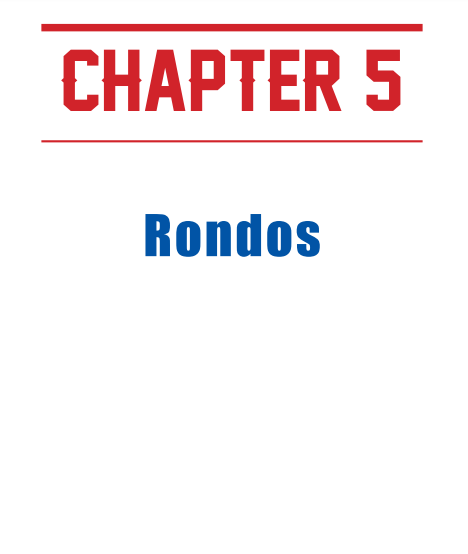RONDOS TRAINING METHODOLOGY
The rondo might be the single most commonly used training exercise for football players around the world.
But from my experience most coaches don’t use rondos nearly as well as they might. Often a rondo is simply done as a warm up, an activation exercise.
If there are “rules” they are to merely to add a two touch limit or to set a goal of “7 passes.”
But the rondo is so much more than that.
“All concepts in soccer are inside of a rondo,” Albert Puig likes to say.
One of the things he has taught me is to label, isolate and focus on key principles of the game.
This helps young people identify learn and remember these actions.
In this post I will discuss here how you can coach a rondo with some of these concepts as your objective.
● Speed, mental agility, technical dexterity and general coordination are
some of the skills and physical-technical aspects that are developed by
using Rondos in our training sessions.
● Great experts assure that the 5 v 2 Rondo is the most effective.
From this
starting point you can add the variations that you want to either raise or
lower the difficulty (1 touch, 2 touches, weaker foot, keeping the ball up in
the air, and more).
● In the RFEF Coaching School, we create many different kinds of Rondos.
It is clear that Rondos are a well recommended form of training, but we
never leave the player with time and freedom, and instead apply rules and
limits.
Otherwise the Rondos they perform may be fun but you run the risk
of them being monotonous and without specific objectives.
● Coaches should always have specific guidelines and a number of variations
depending on the total time spent, which should never be more than 10
minutes per session.

